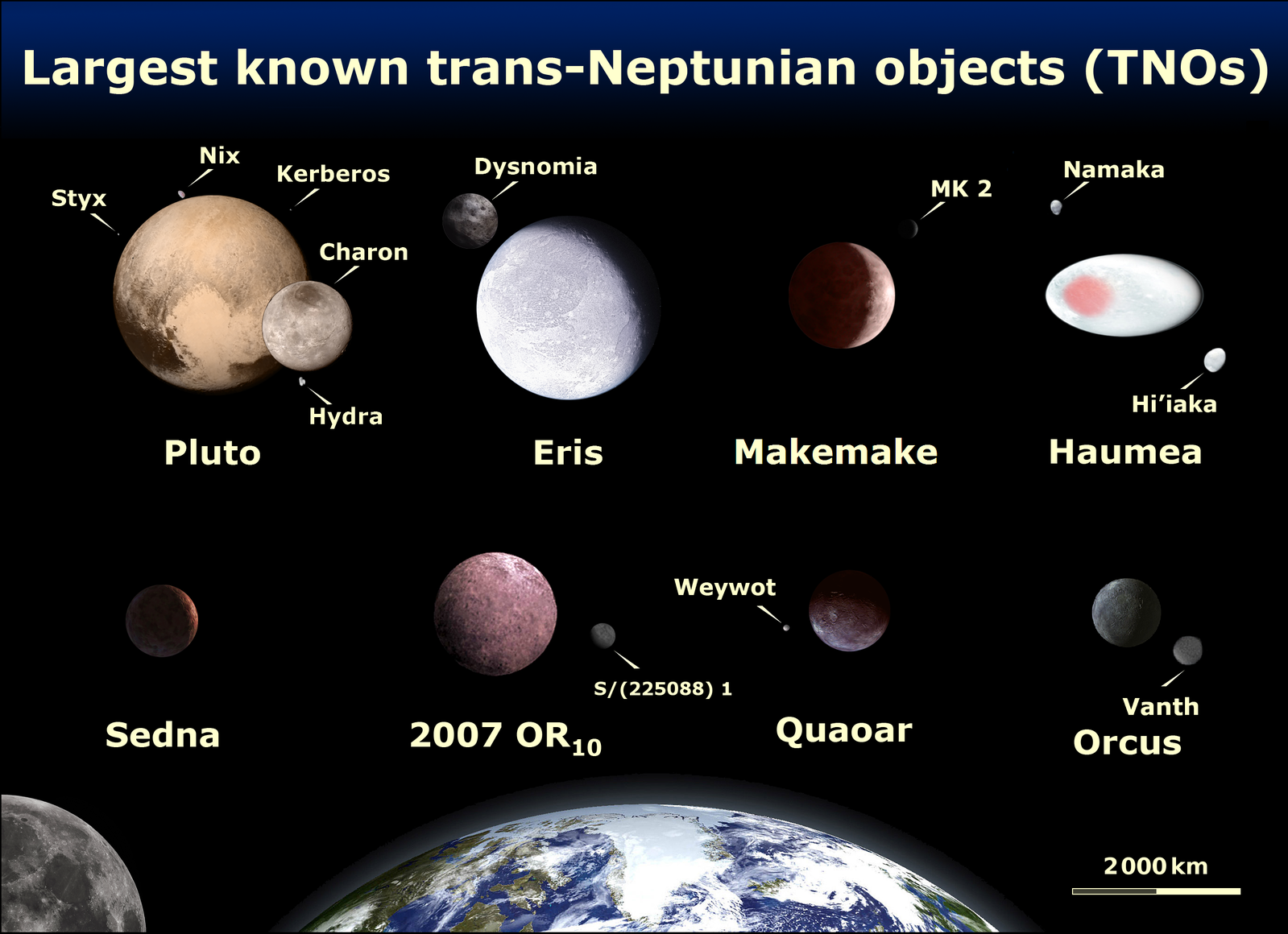Different Hypotheses Explaining the Origin of the Solar System
In essence this theory states that the Sun the planets and all other objects in the Solar System formed from nebulous material billions of years ago. GOOD MORNING SPACE EXPLORERS.

8 2 Origin Of The Solar System The Nebular Hypothesis Geosciences Libretexts
Hydrogen and other gases swirled around and condensed into our sun and its planets.

. A second theory is called the nebular hypothesis. - basis of modern theory of planet formation. The Hypothesis of LaplaceAccording to Laplace the solar system formerly consisted of a very much flattened mass of gas extending beyond the orbit of Neptune and rotating like a rigid body.
Over time the solar nebula began to contract and flatten due to gravity. The most widely accepted theory of planetary formation known as the nebular hypothesis maintains that 46 billion years ago the Solar System formed from the gravitational collapse of a giant molecular cloud which was light years across. 1NEBULAR HYPOTHESISFor many years the nebular hypothesis was a leading theory.
Many stars including the Sun were formed within this collapsing cloud. The theory argued that this nebula condensed into rings which eventually formed the planets and a central mass - the Sun. Conservation of angular momentumrequires that a rotating disk form.
The theory argued that this nebula condensed into rings which eventually formed the planets and a central mass - the Sun. The nebular hypothesis is the most widely accepted model in the field of cosmogony to explain the formation and evolution of the Solar System. What are the three major theories of the origin of the Solar System.
SOLAR NEBULAR THEORY Same with nebular theory but solar nebular theory states that 45 billion years ago there was an explosion of a star called supernova caused the nebula to collapse forming the protostar sun after 10 million years then later the formation of the protoplanets planets. The remaining materials form a disc that will become the planets. Darwings theory of Tidal Friction is scarcely a distinct hypothesis but is mentioned separately on account of its application to all of the others.
-is located within the Milky Way Galaxy -is located about 25000 light-years to the galactic center and 25000 light-years away from the rim. -revolves around the galactic center once in about 240 million years -46 billion years old 3. Solar System and its Origin 1.
According to it the sun and its planets supposedly condensed out of swirling eddies of cold dark interstellar clouds of gas and dust. Compare and contrast the different hypotheses that explained the origin of the solar system using this diagram. The Modern Laplacian theory French astronomer and mathematician Pierre-Simon Laplace first suggested in 1796 that the Sun and the planets formed in a rotating nebula which cooled and collapsed.
Then about 457 billion years ago something happened that caused the cloud to collapse. As contraction continues gravitational energy is converted into thermal energy generating high temperatures. According to the theory our solar system formed from an enormous rotating cloud of dust and gas called the solar nebula nearly 46 billion years ago.
What are the different hypothesis explaining the origin of the universe. 2 Montrez les réponses. This idea of the solar system forming out of an original nebula was extended by the German philosopher Immanuel Kant in 1755.
These are the Nebular Hypothesis of Laplace the Planetesimal Hypothesis of Chamberlin and Moulton and the Capture Theory of See. Start studying Origin of the Solar System. Large Scale Features of the Solar System 1.
It suggests that the Solar System formed from nebulous material. According to this theory the Sun and all the planets of our Solar System began as a giant cloud of molecular gas and dust. The theory was developed by Immanuel Kant and.
Describe the different hypothesis Nebular Hypothesis Planetesimal Theory and Tindal Theory explaining the origin of solar system. Learn vocabulary terms and more with flashcards games and other study tools. - Sir James Hopwood and Harold Jeffreys suggested a dualistic theory in which planets were formed in different mechanisms.
Planets in our solar system are thought to have evolved into existence in one of seven ways. Compare and contrast the different hypotheses that explained the origin of the solar system using this diagram. Most of the mass move to the center to become a proto-Sun.
In 1734 Swedish philosopher Emanuel Swedenborg proposed a model for the solar systems origin in which a shell of material around the Sun broke into small pieces that formed the planets. The most widely accepted hypothesis of planetary formation is known as the nebular hypothesis. This hypothesis posits that 46 billion years ago the Solar System was formed by the gravitational collapse of a giant molecular cloud spanning several light-years.
Protoplanet Hypothesis About 46 billion years ago in the Orion arm of the Milky Way galaxy a slowly-rotating gas and dust cloud dominated by hydrogen and heli um starts to contract because of gravity. In this theory thewhole Solar System starts as a large cloud of gas that contractsunder self-gravity. When it comes to the formation of our Solar System the most widely accepted view is known as the Nebular Hypothesis.
4The Modern Laplacian theory French astronomer and mathematician Pierre-Simon Laplace first suggested in 1796 that the Sun and the planets formed in a rotating nebula which cooled and collapsed.

Formation And Evolution Of The Solar System Oxford Research Encyclopedia Of Planetary Science

Earth Science With Sir Tutri Origin Of The Solar System

What Are Some Theories That Explain The Origin Of The Earth Quora
No comments for "Different Hypotheses Explaining the Origin of the Solar System"
Post a Comment